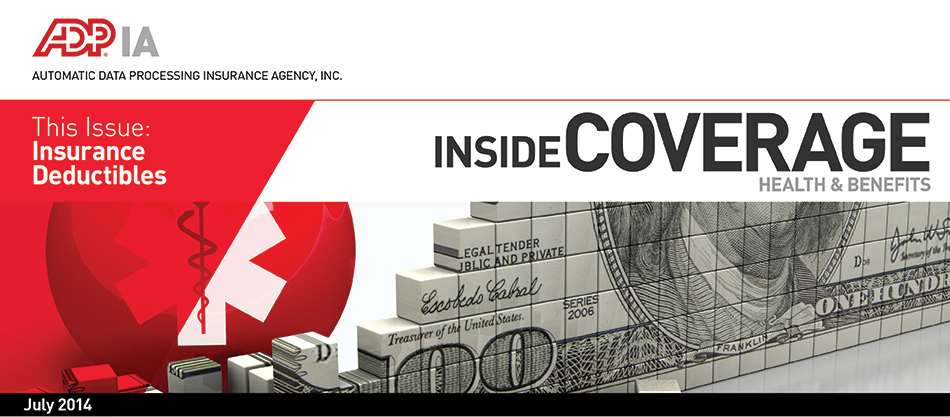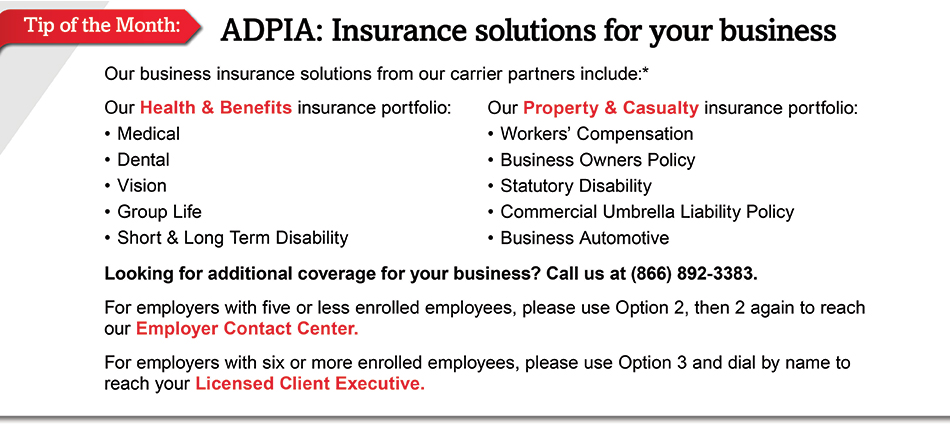
Escalating benefits costs have driven employers to explore new ways to help make healthcare coverage more affordable for both their business and their employees. Concerns over rising costs have contributed to the rise of consumer-driven health care — encouraging employees to become more involved in their own health care decisions and to exercise greater control over how and where their health care dollars are used.
An important component of a consumer-driven health care strategy is what’s known as a High-Deductible Health Plan (HDHP). Compared with a traditional health plan, an HDHP offers lower premiums and higher deductibles. Its structure encourages participants to seek preventative care to help identify and resolve health issues before they escalate, while also keeping healthcare costs low.
Traditional vs. high-deductible plans
When comparing plan types, you’ll find that HDHPs and traditional plans have much in common, which makes these choices much easier for employees to understand and select. Under both options, health expenses are paid through a combination of premiums, deductibles, and co-pays.
The difference is the way in which each of components (premiums, deductibles and co-pays) are distributed across the expense of the plan and the increased control participants have in making choices to control their own costs and out-of-pocket expenses.
HDHPs can be an alternative option for companies looking to offer comprehensive coverage while keeping premiums relatively affordable. By providing employees an opportunity to make informed decisions about how their health care dollars are spent, everyone benefits.
We would love to discuss the impact of HDHP plans and other options which might be available to you or your employees or how upcoming Healthcare Reform requirements could impact your business. Please feel free to call our licensed and knowledgeable agents for a free consultation on your healthcare needs.
We can be reached at: (866) 892-3383, Monday through Friday from 8:30AM to 8:00PM ET.
For employers with five or less enrolled employees, please use Option 2, then 2 again to reach our Employer Contact Center.
For employers with six or more enrolled employees, please use Option 3 and dial by name to reach your Licensed Client Executive.



